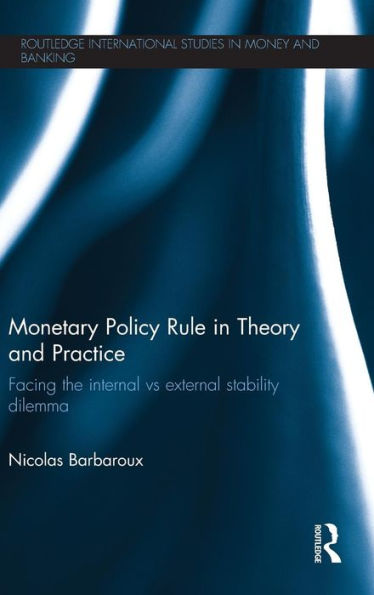Home
Monetary Policy Implementation: Exploring the 'New Normal' Central Banking
Barnes and Noble
Monetary Policy Implementation: Exploring the 'New Normal' Central Banking
Current price: $44.99


Barnes and Noble
Monetary Policy Implementation: Exploring the 'New Normal' Central Banking
Current price: $44.99
Size: Hardcover
Loading Inventory...
*Product information may vary - to confirm product availability, pricing, shipping and return information please contact Barnes and Noble
This book addresses the implementation of monetary policy (MP) and focuses on the operations used by the central banks to implement their policies: the so-called operational framework of MP. The operational framework has become of paramount importance in the last fifteen years, due to the profound transformations taking place in this period. The financial crisis, started in August 2007, has rapidly changed the way in which MP is implemented around the world. Further, innovations have been introduced to address other crises in the following years: a new set of “unconventional” instruments have been adopted, like the large-scale purchases of private and government securities and the long-term refinancing operations. The balance sheets of central banks have increased by huge amounts. The recent surge of inflation has induced several central banks to exit those exceptional policies. However, instead of going back to the traditional “interest rate steering” approach, they are going towards a “new normal” that combines some features of that approach with others inherited from the “quantitative easing” experience. The book therefore addresses the following questions: Which are the common stylized patterns of the unconventional MP across the different countries? Did the economic profession work out a theoretical framework within which to place the unconventional MP? Which are the issues related to the exit strategy from unconventional MP? Which are the main features of the operational framework under the “new normal” approach? This book answers these questions by looking at the experiences of the European Central Bank, the Federal Reserve System alongside other central banks, and providing some original modelling and empirical evidence, which will be of interest to academics, researchers in banking and finance, policy makers, and practitioners in the financial industry.







